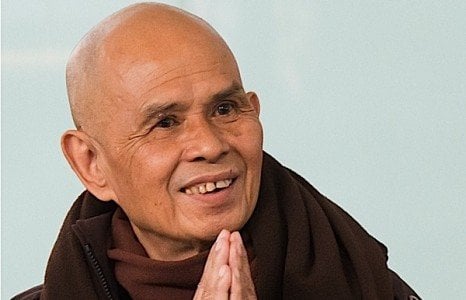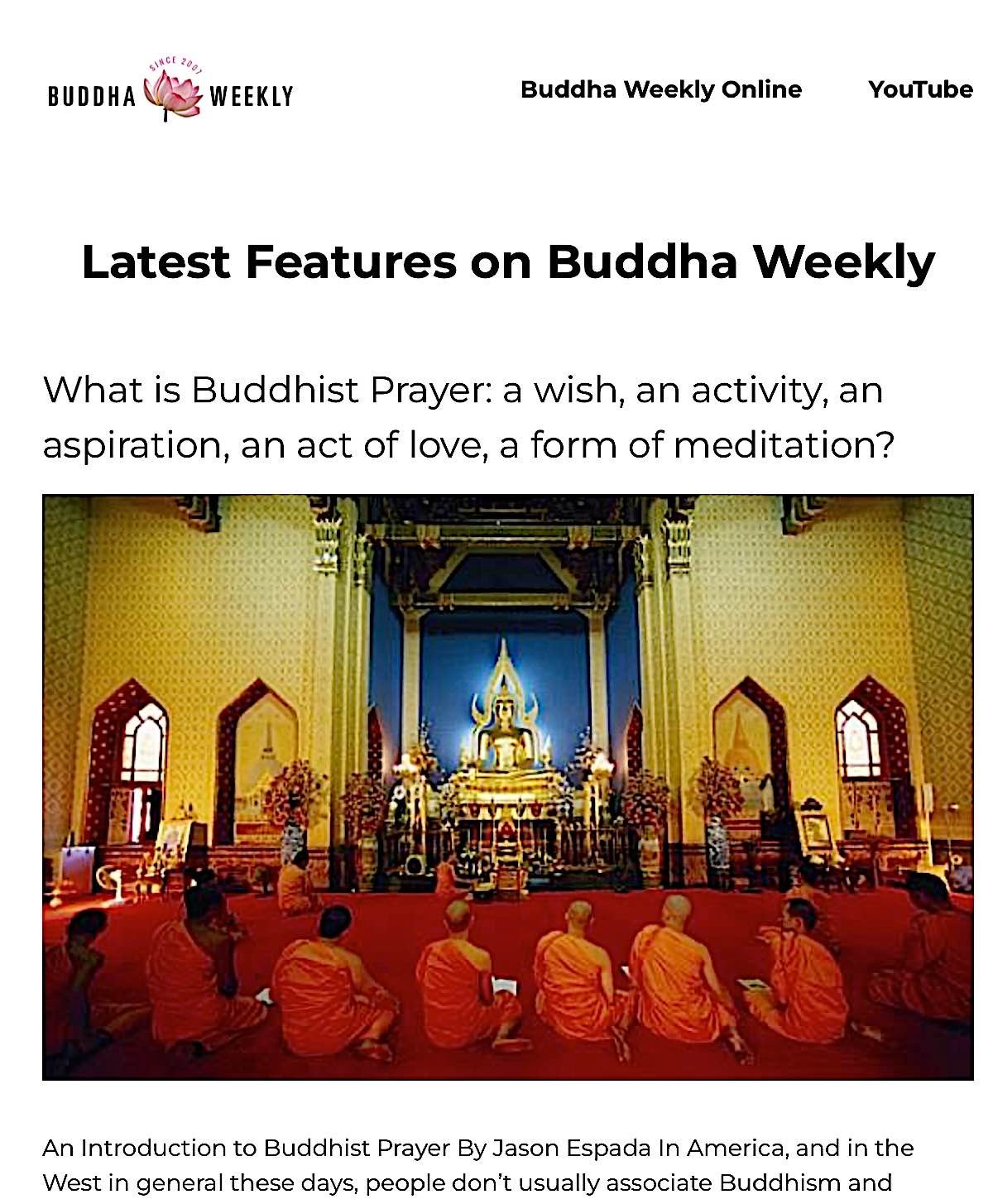On the Rimé, or Non-Sectarian Approach to Buddhist Study

In 19th century Tibet, the idea of learning from different Buddhist lineages developed into what became known as the ‘Rimé’ (Ri-may) or non-sectarian movement. The purpose of the Rimé was not to create a new school of thought. Instead, the idea was to be established in one tradition, while learning from, practicing and benefitting from other teachings, as well as sharing what is of value in one’s own tradition that could possibly be helpful to those of other schools.
This non sectarian movement came about precisely because there was a good deal of sectarian conflict, misunderstanding, and worse than that – the loss of the great opportunity to learn from others.
We can easily see the parallel in our own times – where there is often misunderstanding, and a lack communication between different Buddhist lineages, but also the great potential for a person to learn from more than one Tradition. We should take what has practical value for our lives and leave the rest.
On a Rimé for our times
Whereas the Rimé in Tibet was generally addressing the four or five Schools, or Lineages, in the West in the 21st century, there are many more teachings. We have the Zen, Theravada and Tibetan Buddhist Traditions with all their many subdivisions that we can learn and profit from. In addition, we have our own Spiritual Heritage, as well as the insights from science and psychology to draw from.
Whether we refer to what we are doing as non-sectarian, or pan- sectarian, or simply Buddhist, we have many more perspectives to accommodate, and potentially at least, to help us. It’s up to us to assess what works for us.
It helps to remember that, for the most part, this coming together of different traditions has never really happened before, at least not to the extent that it’s happening now. If we’re sincere in our practice, and open-minded, then I have no doubt that we’ll find more and more effective ways to go deeper in our practice.

One teacher who has done more than anyone else in modern times to bridge the different schools is Thich Nhat Hanh. I was surprised and delighted to read his biography of Tang Hoi, and to learn how, from its inception, his Tradition of Vietnamese Buddhism has practiced the different teachings as unified whole.
Three of Thich Nhat Hanh’s verses on meditation say,
The essential sutras, such as
the Discourses on the Full Awareness of Breathing,
and the Four Establishments of Mindfulness,
show me the path to transform body and mind, step by step.
The Mahayana sutras and teachings
open many fresh, wide gateways
allowing me to enter the depths
of the stream of meditation
flowing from the Original Source of the Buddha’s teachings.
Not discriminating
between the practice offered by the Tathagata
and that of the ancestral teachers,
the Four Noble Truths perfectly interwoven
should serve as the foundation of an authentic transmission.
More features from Jason Espada>>

More articles by this author
Search
Latest Features
Please support the "Spread the Dharma" mission as one of our heroic Dharma Supporting Members, or with a one-time donation.
Please Help Support the “Spread the Dharma” Mission!

Be a part of the noble mission as a supporting member or a patron, or a volunteer contributor of content.
The power of Dharma to help sentient beings, in part, lies in ensuring access to Buddha’s precious Dharma — the mission of Buddha Weekly. We can’t do it without you!
A non-profit association since 2007, Buddha Weekly published many feature articles, videos, and, podcasts. Please consider supporting the mission to preserve and “Spread the Dharma." Your support as either a patron or a supporting member helps defray the high costs of producing quality Dharma content. Thank you! Learn more here, or become one of our super karma heroes on Patreon.
Jason Espada
Author | Buddha Weekly
Jason Espada is a writer and classical musician living in San Francisco; a steward of his father’s photography, and the founder of A Buddhist Library: http://www.abuddhistlibrary.com. Over the years, he’s made a number of recordings of Buddhist teachings. These days his focus is on the natural connection between spirituality and social action. His new website is at JasonEspada.com.


















